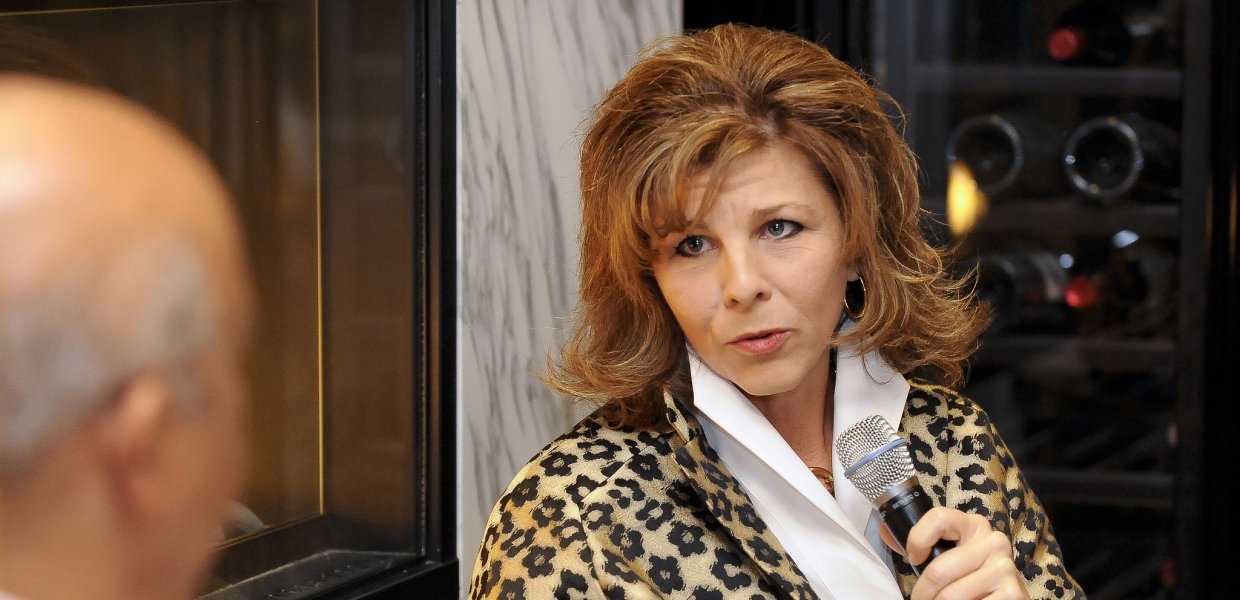More women are working in independent film than in Hollywood, according to results of a new study shared today at a gathering of film and industry leaders at the 2013 Sundance Film Festival in Park City, Utah.
The study marks the first collaboration between Sundance Institute and Women in Film Los Angeles to support independent female filmmakers. Conducted by communication professor Stacy Smith, along with researchers Katherine Pieper and Marc Choueiti, it is one of the first to examine gender disparity in American independent film.
“If you look at the data, they reveal an environment in which women are creating and exhibiting films in strong numbers, especially in documentaries. Why is this? First, Sundance Institute positions women to succeed. Second, female filmmakers support each other,” Smith said.
The research was conducted with a two-prong approach. First, it quantitatively assessed the gender of 11,197 directors, writers, producers, cinematographers and editors in U.S. movies programmed for the Sundance Film Festival between 2002 and 2012 to identify the prevalence of female filmmakers. Second, researchers documented the qualitative experiences of female filmmakers through interviews with filmmakers and film industry representatives.
“Sundance Institute believes that stories and characters told through film play an enormously influential role in determining audiences’ perceptions of themselves, one another and the world around us,” said Keri Putnam, executive director of the Sundance Institute. “Seen through that lens, the results of this research are encouraging in that they show a higher representation of female filmmakers in independent film compared to other types of media — but they also highlight the work that is still to be done.”
Cathy Schulman, president of Women In Film Los Angeles, added: “Sundance Institute and Women In Film Los Angeles embarked on this study to better understand the larger, systematic story behind the paucity of women filmmakers. With today’s results, we are better able to move forward raising awareness and understanding of the issue while also crafting effective programs to address the situation.” Findings include:
- Of U.S. films selected for the Sundance Film Festival from 2002 to 2012, 29.8 percent of filmmakers (directors, writers, producers, cinematographers and editors) were women.
- Women were half as likely to be directors of narrative films than documentaries (16.9 percent vs. 34.5 percent).
- Female directors of Sundance Film Festival movies exceeded those of the top 100 box office films: 23.9 percent of directors at the Sundance Film Festival from 2002 to 2012 were women, compared to 4.4 percent of directors across the top 100 box office films each year from 2002 to 2012 who were women.
- Across 1,100 top-grossing movies of the past 10 years, 41.5 percent of female directors had been supported by the Sundance Institute.
- When compared to films directed by men, those directed by women feature more female filmmakers behind the camera (writers, producers, cinematographers and editors). This is true in both narratives (21-percent increase) and documentaries (24-percent increase).
- Across all behind-the-camera positions, women were most likely to be producers. As the prestige of the producing post increased, the percentage of female participation decreased. This trend was observed in both narrative and documentary filmmaking. Fewer than one third of all narrative producers but just over 40 percent of associate producers were women. In documentaries, 42.5 percent of producers and 59.5 percent of associate producers were women.
- Five major areas were identified as hampering women’s career development in film: gendered financial barriers (43.1 percent); male-dominated industry networking (39.2 percent); stereotyping on set (15.7 percent); work and family balance (19.6 percent); and exclusionary hiring decisions (13.7 percent).
- Opportunities exist to improve the situation for women in independent film. Individuals mentioned three key ways to change the status quo: mentoring and encouragement for early career women (36.7 percent); improving access to finance (26.5 percent); and raising awareness of the problem (20.4 percent).
- Smith will present the findings publicly at a panel that she is co-hosting with Academy Award-winning producer Cathy Schulman on Jan. 25 at the Sundance Film Festival.
The first initiative of the Sundance Institute and Women In Film Los Angeles collaboration, which began last January, was to create a mentorship program, matching 17 Sundance Institute-supported female directors and producers with leaders in the field. They also convened meetings in New York and Los Angeles last fall with leading organizations working on gender in media.
These allied organizations will be involved in and lend counsel to the project. They include: American Film Institute; Alliance of Women Directors; Women in Film New York; Athena Film Festival / Women and Hollywood; Chapman University; Chicken & Egg; Film Independent; Geena Davis Institute on Gender in Media; Independent Filmmaker Project; Impact Partners Women’s Fund; Loreen Arbus Foundation; Mayor’s Office of Film, Theatre and Broadcasting, NYC; Paley Center for Media; Producers Guild of America; Tangerine; University of California, Los Angeles; USC; Women Make Movies; Women Moving Millions; and Women’s Media Center.








